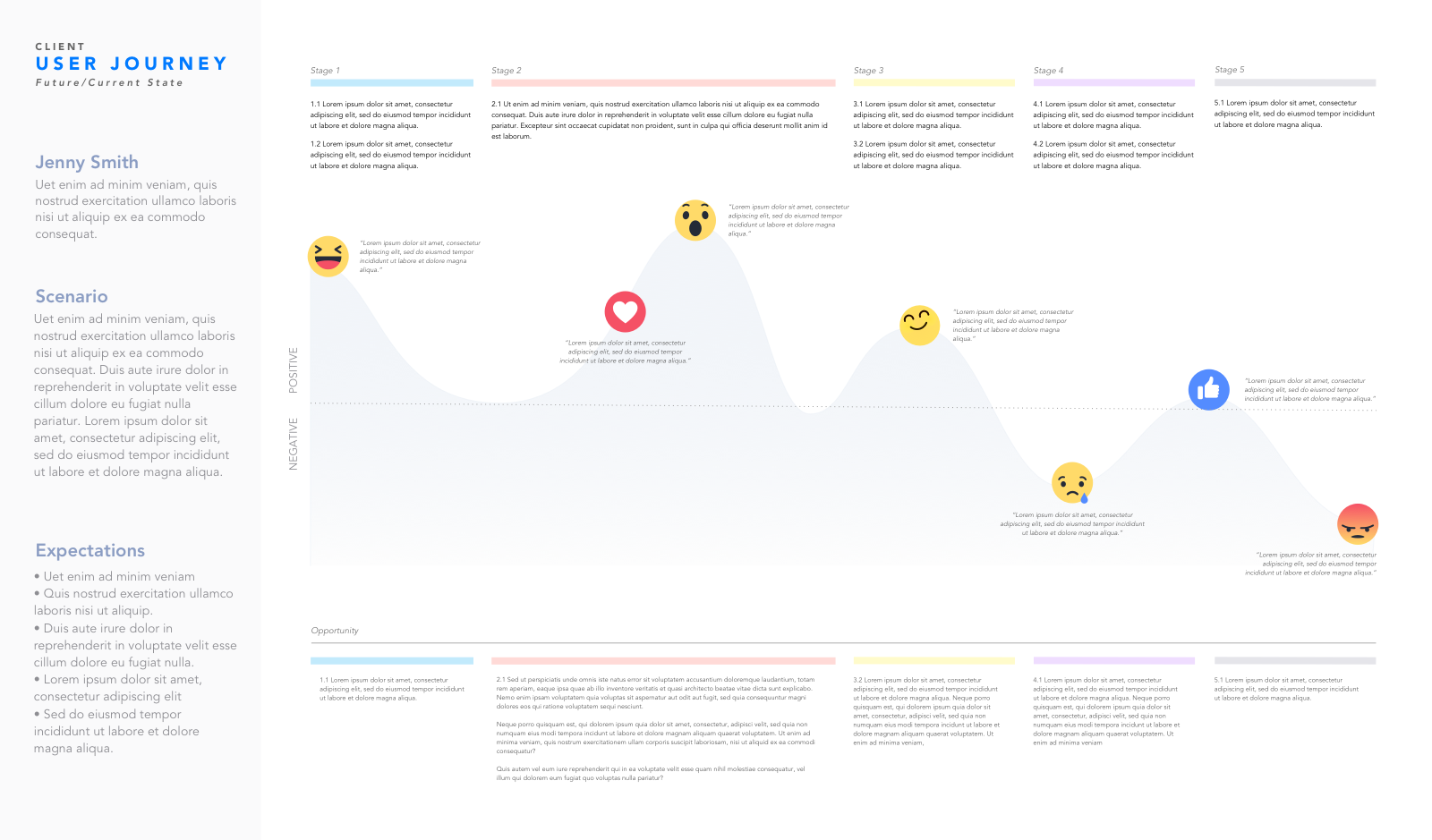Guerilla User Testing
Guerrilla user testing is a type of user research method that involves quickly and informally testing a product or prototype with real users in an ad-hoc manner.
What is Guerilla User Testing?
Guerrilla user testing is a type of user testing method that involves conducting quick and informal usability tests with people who are not part of a predetermined user panel. In this method, testers approach and recruit people on the street, in cafes, or other public places to participate in a brief usability test of a product or prototype.
The term “guerrilla” is used because this type of testing is typically done quickly and with limited resources, often in an ad hoc and unconventional way, similar to guerrilla warfare tactics.
Some of the benefits of guerrilla user testing include the ability to test a product quickly and inexpensively, as well as the opportunity to gather feedback from a diverse range of people who may not have been included in a more traditional user panel.
However, there are also some limitations and challenges associated with guerrilla user testing. These may include difficulties in recruiting participants who are representative of the target user group, limited time for testing and analysis, and potential biases or inconsistencies in the testing process.
Guerrilla user testing can be a useful tool for quickly gathering feedback and insights, but should be used in conjunction with other more formal testing methods to ensure a comprehensive understanding of the user experience.
How to conduct a Guerilla User Test?
Here are the general steps for conducting a guerrilla user test:
- Define the testing objectives: Before conducting the test, it’s important to clearly define the research objectives and the specific questions you want to answer. This will help guide the testing process and ensure that you gather the insights you need.
- Prepare a prototype: Create a prototype or mockup of the product or feature you want to test. This can be a paper prototype, a digital mockup, or even a functional prototype.
- Identify the target audience: Identify the target audience for the product or feature, and consider where you are most likely to find them. For example, if you are testing a mobile app for college students, you might want to focus your testing around a nearby college campus.
- Recruit participants: Approach potential participants in public places, such as cafes, parks, or shopping malls. Explain what you are testing, and ask if they would be willing to participate in a quick usability test. Consider offering a small incentive, such as a gift card or cash, to encourage participation.
- Conduct the test: Provide participants with the prototype and ask them to complete a set of tasks or scenarios. Observe and take notes as they interact with the prototype, and ask follow-up questions to gather more insights.
- Collect feedback and insights: Collect the feedback and insights from the participants, either through note-taking or video recordings. Look for patterns and insights that can inform your design decisions.
- Analyze the results: Once the testing is complete, analyze the results and look for patterns and insights that can inform your design decisions. This may involve coding and categorizing the feedback, creating personas or user journey maps, or conducting statistical analysis.
- Iterate and refine: Use the insights gathered from the testing to refine and improve your design. This may involve making changes to the interface, adjusting the user flow, or modifying the messaging or branding.
- Repeat: Conduct additional rounds of testing as needed to validate the changes you’ve made and continue refining your design.
Throughout the testing process, it’s important to be flexible and adaptable, and to make adjustments as needed based on the feedback and insights gathered from participants.



